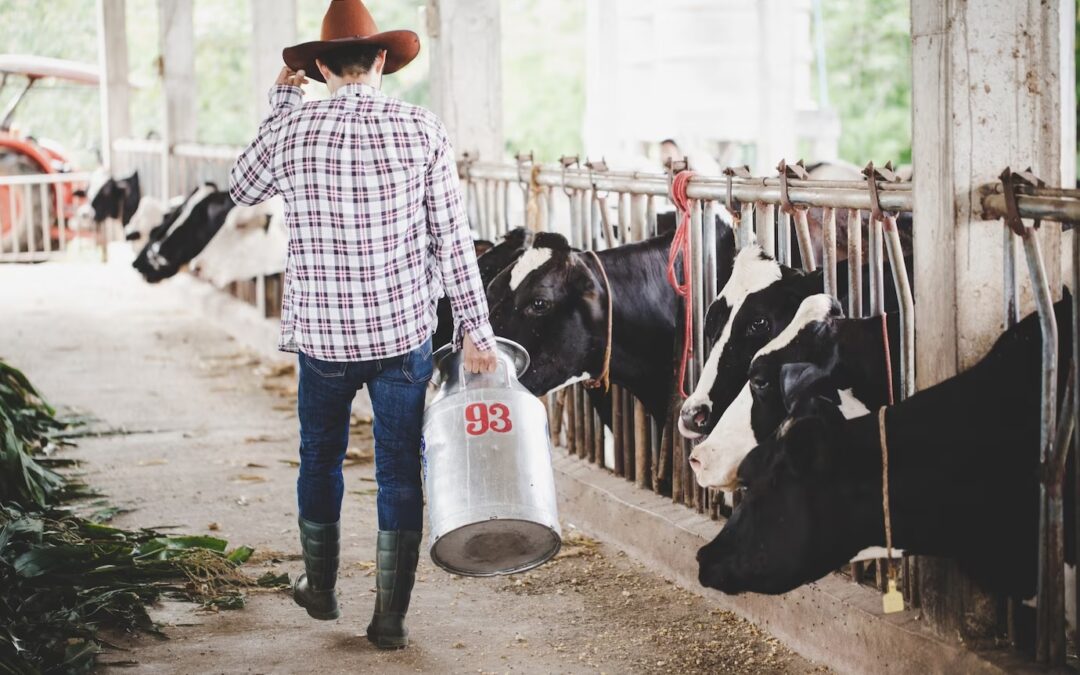Cattle yard facilities, a pivotal component of the agricultural sector, have undergone significant evolution over the years. Embracing sustainable practices in their design and operation enhances animal welfare and plays a crucial role in environmental conservation and farm efficiency. Let us examine the multifaceted benefits of sustainable cattle yard designs, offering insights into how modern practices shape the future of agriculture.
The Intersection of Animal Welfare and Efficiency
One of the primary benefits of a sustainable cattle yard is the improved welfare of the animals. Designs that incorporate natural lighting, adequate space, and proper ventilation promote a stress-free environment for the cattle. This, in turn, leads to healthier livestock and potentially higher yields. Moreover, efficient cattle yard design minimises the risk of animal and handler injury, thereby reducing veterinary costs and increasing overall safety.
Environmental Impact and Sustainability
Sustainable cattle yard designs are instrumental in minimising the environmental footprint of farming operations. Integrating renewable energy sources, such as solar panels, reduces dependence on non-renewable resources. Additionally, implementing waste management systems, including composting and manure recycling, transforms waste into valuable resources, thus reducing pollution and enhancing soil fertility.
Technological Innovations in Cattle Yard Design
Technology integration in cattle yards has revolutionised how farmers manage their herds. Automated feeding and watering systems ensure optimal nutrition and hydration while monitoring technologies enable early detection of health issues. These technological advancements not only streamline farm management but also contribute to the overall well-being of the livestock.
Economic Advantages of Modern Cattle Yards
Investing in sustainable cattle yard designs can offer significant economic benefits. Efficient frameworks lead to reduced operational costs over time, including energy and water consumption savings. Moreover, sustainable practices often meet the criteria for various agricultural grants and subsidies, providing financial incentives for farmers.
Community and Consumer Perceptions
In today’s market, consumer preference is increasingly leaning towards ethically produced goods. Sustainable cattle yard practices can enhance a farm’s reputation, attracting consumers willing to pay a premium for products that align with their values. Additionally, these practices demonstrate a commitment to community and environmental health, fostering positive relationships with local communities and regulatory bodies.
The Role of Research and Continuous Improvement
Continuous research and development are essential to stay ahead in the ever-evolving agricultural sector. Engaging with agricultural scientists and design experts leads to innovative solutions that further enhance the efficiency and sustainability of modern cattle yard constructions. The ongoing quest for improvement benefits current operations and paves the way for future generations of farmers.
Looking to the Future: Sustainable Cattle Yards as a Standard
As we look towards the future, adopting sustainable practices in cattle yards is likely to become the norm. This shift promises a brighter future for the agricultural sector and contributes to the broader goals of environmental conservation and sustainable development. By embracing these approaches, farmers can achieve longevity and success with their operations while playing a pivotal role in shaping a more sustainable world.
Conclusion
Sustainable cattle yard design represents a win-win scenario for farmers and the environment. The integration of animal welfare, environmental considerations, and technological advancements into cattle yard practices not only enhances farm efficiency but also aligns with the growing global emphasis on sustainability.
As the agricultural sector continues to evolve, these practices will undoubtedly become integral to the ethos of modern farming.
To further explore this topic, readers are encouraged to look into current trends in agricultural technology, a subject that offers valuable insights into the future of farming.




